Dry Valleys: Looking for Life on Mars
LAKE HOARE, DRY VALLEYS, ANTARCTICA– After spending time at the South Pole, flying to Cape Royds and Black Island, and otherwise keeping ourselves busy with webcasts and scientist interviews in McMurdo, Lisa and I hopped on a helicopter out to the Dry Valleys for a couple of days of hiking and camping in the coldest, driest desert on Earth. Our base was the Lake Hoare field camp nestled next to the Canada Glacier.
The Dry Valleys are dry because very little snow falls here, the average water content is less than a centimeter. Yet a fully functioning ecosystem exists here, in the ice-covered lakes and the soils of the valley floor. Even though the ecosystem is all but invisible to the naked eye, it still has a basic food web: primary producers (mats of moss and algae in the lakes, bacteria, yeast, fungi and other microbial life in the soils ), grazers (microscopic invertebrates called rotifers and tardigrades), with the top of the food chain consisting of tiny nematode worms. Curiously, there are no known predators in the Dry Valleys soils. These valleys constitute a Long-Range Ecological Research (LTER) study site and represent what scientists believe might be a model for life on Mars if it exists.
Lisa and I went for a walk up the Taylor Valley to see whether we could uncover any evidence of life and saw little, except for a couple of long-dead seal mummies (why they traveled so far from the sea ice is anyone’s guess) and some algae-covered rocks and brown floating scum, looking for all the world like whipped chocolate mousse. We did see plenty of wind-scoured rocks and glaciers pouring through gaps in the surrounding mountains.
For easier walking, I tried to cross the moat between land and solid (white) lake ice. What I thought was thick ice wasn’t and I broke through up to my knees for my own version of the polar plunge. After changing into dry pants and socks, we continued on our walk but the only macroscopic life we saw was a lone skua winging up the valley.
I knew I needed to dig deeper, so I’ll turn to the LTER scientists studying the different parts of this ecosystem from the glaciers that feed life-giving water to the lakes and soils, to the ice-covered lake waters that support microbial life, to the soils that provide habitat to bacteria, yeast and fungi, and invertebrate creatures that make up “charasmatic megafauna” of the Dry Valleys. Look for upcoming video interviews with these LTER scientists.


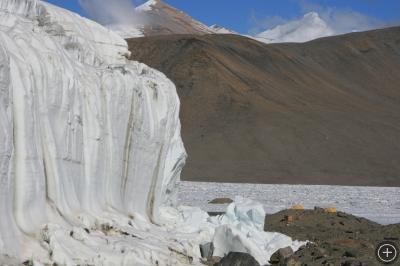
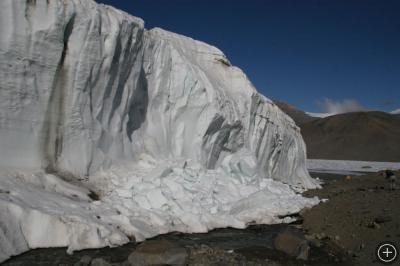

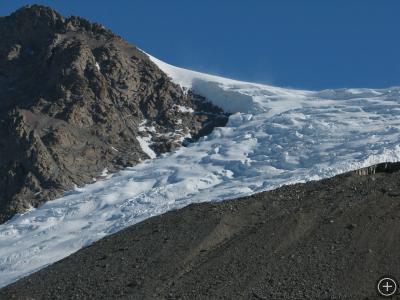
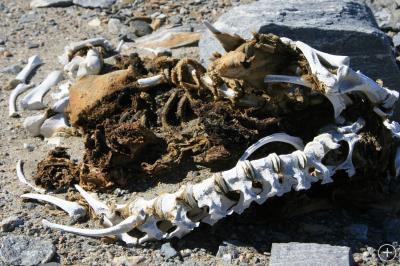
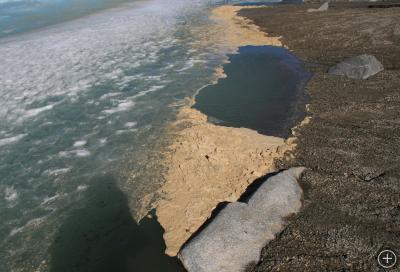
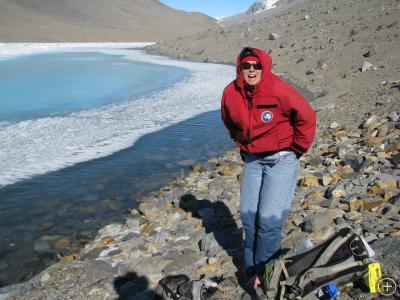
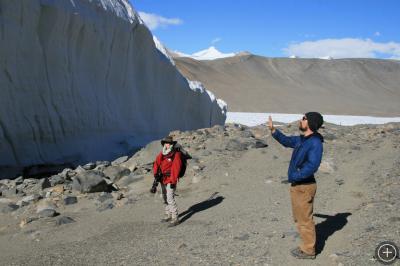



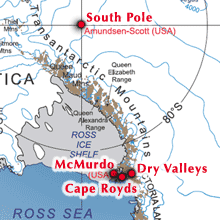





Mary,
What a beautiful day in the Dry Valleys.
Prof. Priscu told us that the algae in Lake Chad produces antifreeze, sunblock, and neurotoxin.
So don’t drink the water. Scott’s team did, and the toxin made them very sick. The name of the toilet paper they had with them was “Chad” and so the lake received its name.
I’m envious, but tomorrow I leave for 3 weeks hiking in Patagonia and sea kayaking in Tierra del Fuego.
Paul Doherty
Pretty amazing stuff you two get to see! I enjoy living vicariously through your adventure!
Hi Mary,
I remember that you and Paul were in the valleys the first time I went! Wish I was there now! Stay out of the water- yikes! Cold! Enjoy your trip!
Thanks Sarah, at least I was prepared with dry clothes!
Hi! this is JP from Mona Lisa productions, in Lyon, France.
We are about to shot a movie about organisms that survey into the wild cold places on Earth, and we were thinking of coming and shot in the Dry Valleys.
We will come in november or december in Terre Adélie, the french part of Antatctica, and so I was wondering if it was better for us to come to the Dry Valleys directly from Terre Adélie by helicopter, or to come from South America, the Réunion, by boat.
And do you know if there an expedition soon in the dru valleys and in Lake Vostock, at the end of 2009?
thanks a lot in advance, and thanks a lot now for all those ice pictures.
take care
Doc JP BIENVENU